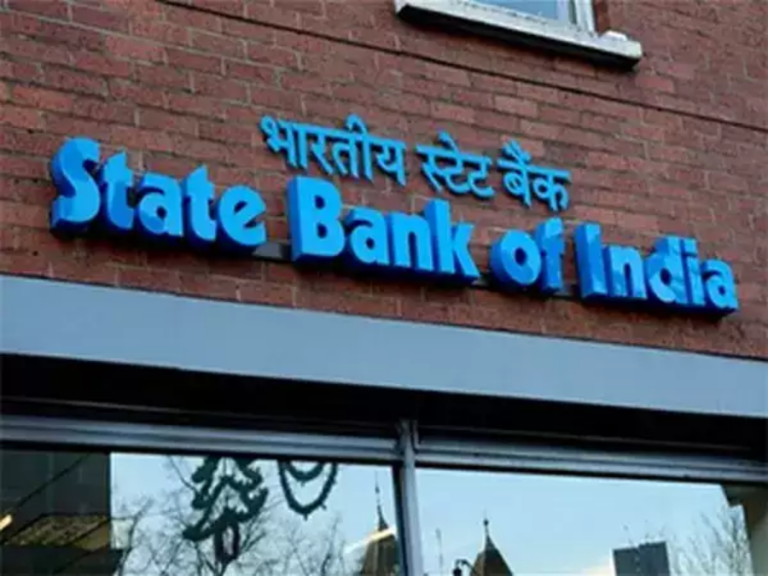When it comes to the estimated growth rate for India in the next year, the IMF and the World Bank have predicted 7.0-7.1% of its overall sales in the first quarter of fiscal 2024-25, according to SBI Research. However, this growth forecast comes with a downside riskcaused by a downward bias. RBI predicted the economic growth of the current fiscal that stands at 7.2% for the fiscal year as a whole and the quarterly average of 7.1% for Q1.
Resilience and Kharif Sown Area
The Indian economy was thus fairly robust with supply chain challenges such as increasing global freight costs and containers and semiconductor shortages. Deficit declines in the latter half of July as the southwest monsoon progressed further, reaching the long-term average in August. The total amount of precipitation during the week was 5% more than the long-period average and 7% less than the corresponding period of the prior year. According to data available up to August 20, 2024, the Kharif sown area was 103.1 million. The sown area was hectares accounting for 94% of the full-season normal area which is 2.0% higher than the corresponding period last year.
Growth Impact and Global Recognition
It is important to consider that the GDP or gross domestic product of India increased by an incredible 8.2% during the financial year 2023-24; Thus, emerged as the fastest-growing major economy during this period. The gross overall economic growth was 7.2 percent in 2022-23 and 8.7% official statistics reveal that the current graduation rates in 2021-22 are. Global organizations such as the IMF have revised upward their growth forecasts for India. Last month, the IMF raised India’s growth projection for the fiscal year 2024 to 6.8 percent to 0.7 percent, which further cements it as the country with the best growth rate.
Image Source: Latestly
Factors contributed to India’s impressive growth in 2023-24
The Economic Survey expected the growth in real Gross Domestic Product in India at 6.5-7% fixed for 2024-25 while acknowledging that the market has priced in a higher yield. Real GDP is the actual GDP growth, adjusted for inflation that is then used in various analyses and comparisons. India’s economy should have been under pressure but most probably was not, possibly due to the disruption of the global supply chain. The southwest monsoon season was only slightly improved with less deterioration than the previous year in terms of rainfall.
The construction industry was also instrumental in contributing to a GDP expansion of 10.7 % while the manufacturing sector contributed 8.5% to the GDP growth. This was accompanied by stable consumption demand and gradual enhancement of the investment demand to support the overall growth. Government spending on infrastructure and capital works facilitated economic growth. Control of fiscal deficits and effective expenditure by the state government were other considerable accomplishments.
There was a shift in the gross non-performing assets (GNPA) ratio to a 12-year low of 2.8% as of March 2024, implying better structure and quality in the banks. Indian exports of services reached a record figure of USD 341.1 billion Foreign Exchange reserves were sufficient to finance 11 months of the projected import. The female labor force participation rate increased from 23.3% in 2017-18 to 37% in 2022-23 This upliftment is due to the increasing number of participants from rural women.
Conclusion
India remains on the right economic track and growth estimates are on par with RBI expectations. Infrastructure outlay, domestic demand, and sound fiscal policies have supported India’s growth between 2000 and 2013 and accentuated the strength and vigor of the Indian economy.

Note: You can reach us at support@scoopearth.com with any further queries.
Linkedin Page : https://www.linkedin.com/company/scoopearth-com/













